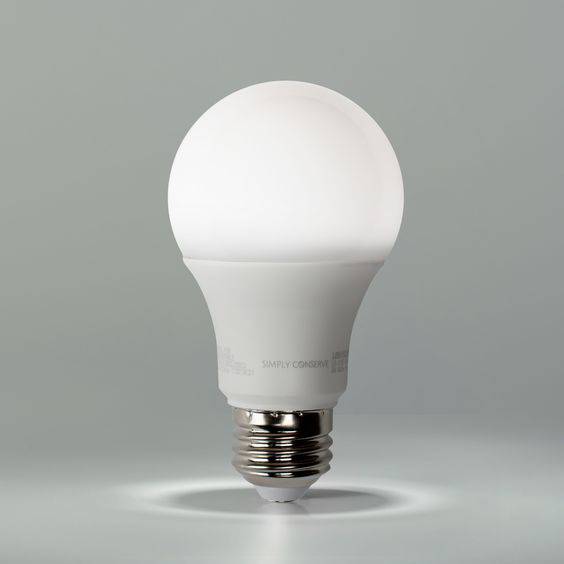Illuminating the Eco-Friendly Choice: LED vs. CFL Bulbs
2023-12-28
Introduction
In the quest for more sustainable living, individuals and businesses alike are scrutinizing their everyday choices to minimize their environmental impact. Lighting, an essential aspect of our daily lives, has undergone significant transformations in recent years. Two popular alternatives to traditional incandescent bulbs, LED (Light Emitting Diode) and CFL (Compact Fluorescent Lamp) bulbs, have emerged as energy-efficient options. In this blog, we will explore and compare the environmental impact of LED and CFL bulbs to help you make an informed decision.
1. Energy Efficiency
One of the key considerations in evaluating the environmental impact of lighting is energy efficiency. LED bulbs outshine CFLs in this department. LEDs are highly energy-efficient, converting nearly all of the electricity they consume into light. On the other hand, CFLs use a small amount of electricity to produce light but also generate heat as a byproduct, making them less efficient.
The lower energy consumption of LED bulbs translates to reduced greenhouse gas emissions and a smaller carbon footprint, contributing to a more eco-friendly lighting option.
2. Lifespan and Durability
LED bulbs boast an impressive lifespan, lasting up to 25,000 hours or more, which is significantly longer than CFLs. This longevity means fewer replacements, less manufacturing, and less waste in landfills. In contrast, CFLs have a shorter lifespan, typically around 8,000 hours, leading to more frequent replacements and a higher overall environmental impact.
Additionally, LED bulbs are solid-state lights, which makes them more durable and resistant to shock and vibration compared to the fragile glass construction of CFL bulbs.
3. Toxic Materials
While both LED and CFL bulbs contain certain materials that can be harmful if not disposed of properly, the types and quantities differ. CFLs contain a small amount of mercury, a hazardous substance that requires special handling and recycling. On the other hand, LED bulbs do not contain mercury, making them safer for both human health and the environment.
It's crucial to note that advancements in technology have led to reduced mercury content in newer CFL bulbs and increased efforts in recycling programs for both types of bulbs.
4. Light Quality and Instant Start
LED bulbs offer superior light quality, providing instant brightness without the warm-up time required by CFLs. CFL bulbs often take a few minutes to reach their full brightness, and frequent switching on and off can reduce their lifespan. The instant start and higher quality of light from LED bulbs contribute to a better overall user experience and efficiency.
Conclusion
In the LED vs. CFL debate, LED bulbs emerge as the clear winner in terms of environmental impact. Their energy efficiency, longer lifespan, lower toxicity, and superior light quality make them a more sustainable choice for environmentally conscious consumers. As we strive to make greener choices in our everyday lives, opting for LED bulbs is a bright step towards a more sustainable and eco-friendly future.



